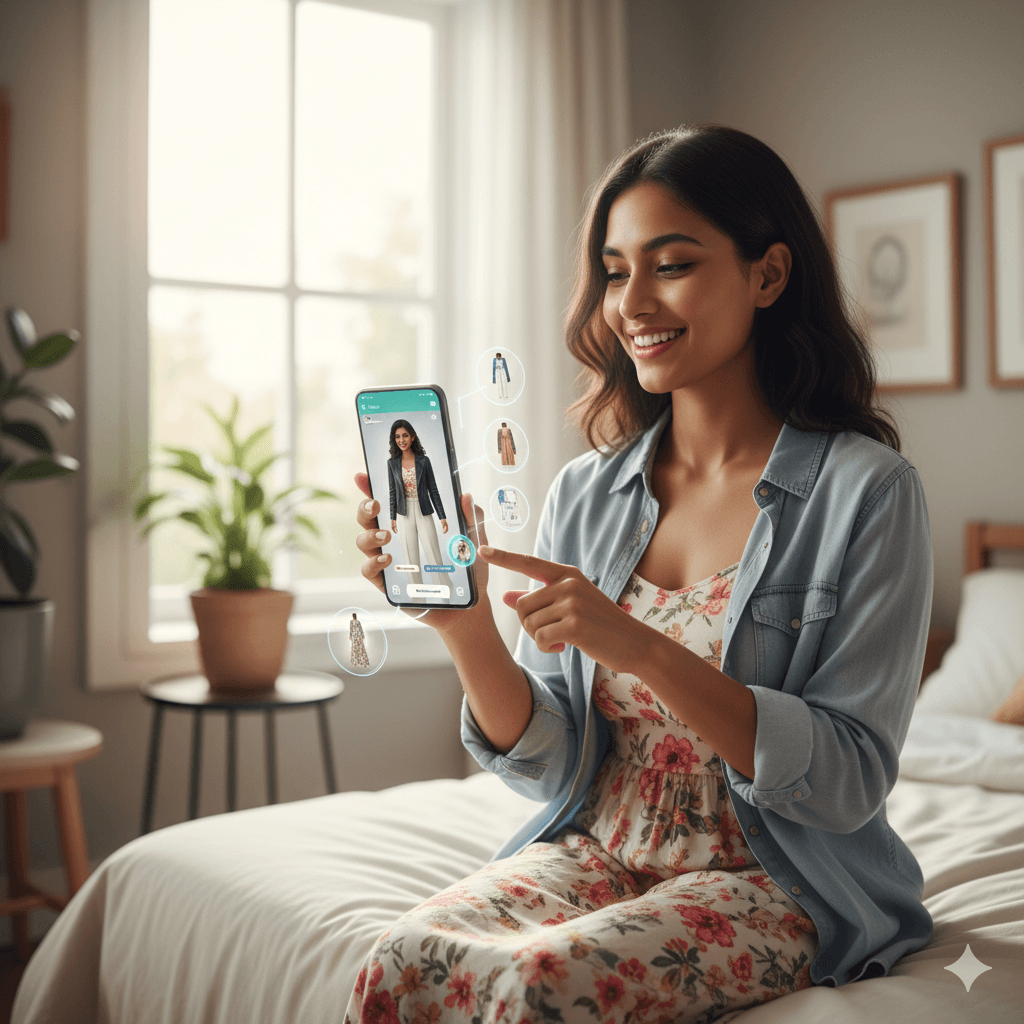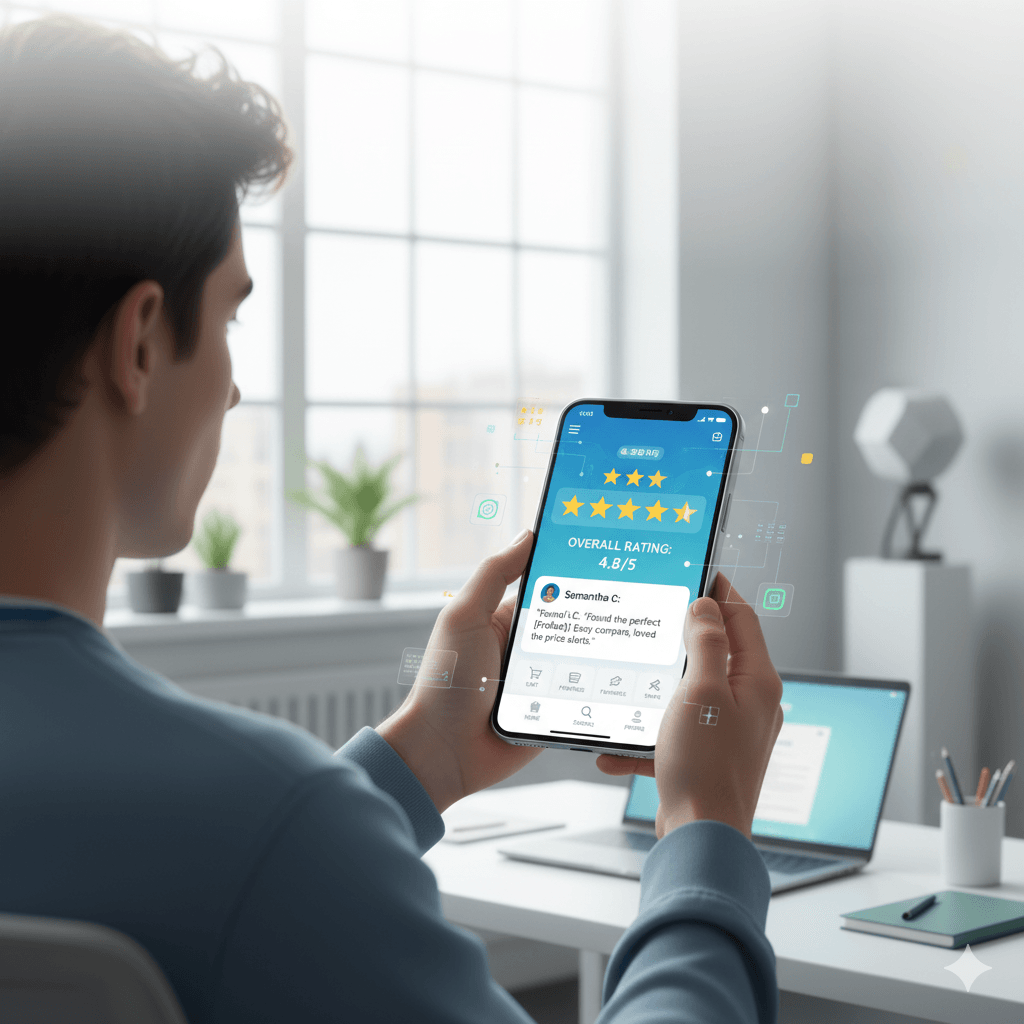The Next Wave: AI Fashion and Color Trends Explained
Fashion Planning: Reducing Decision Fatigue & Stress
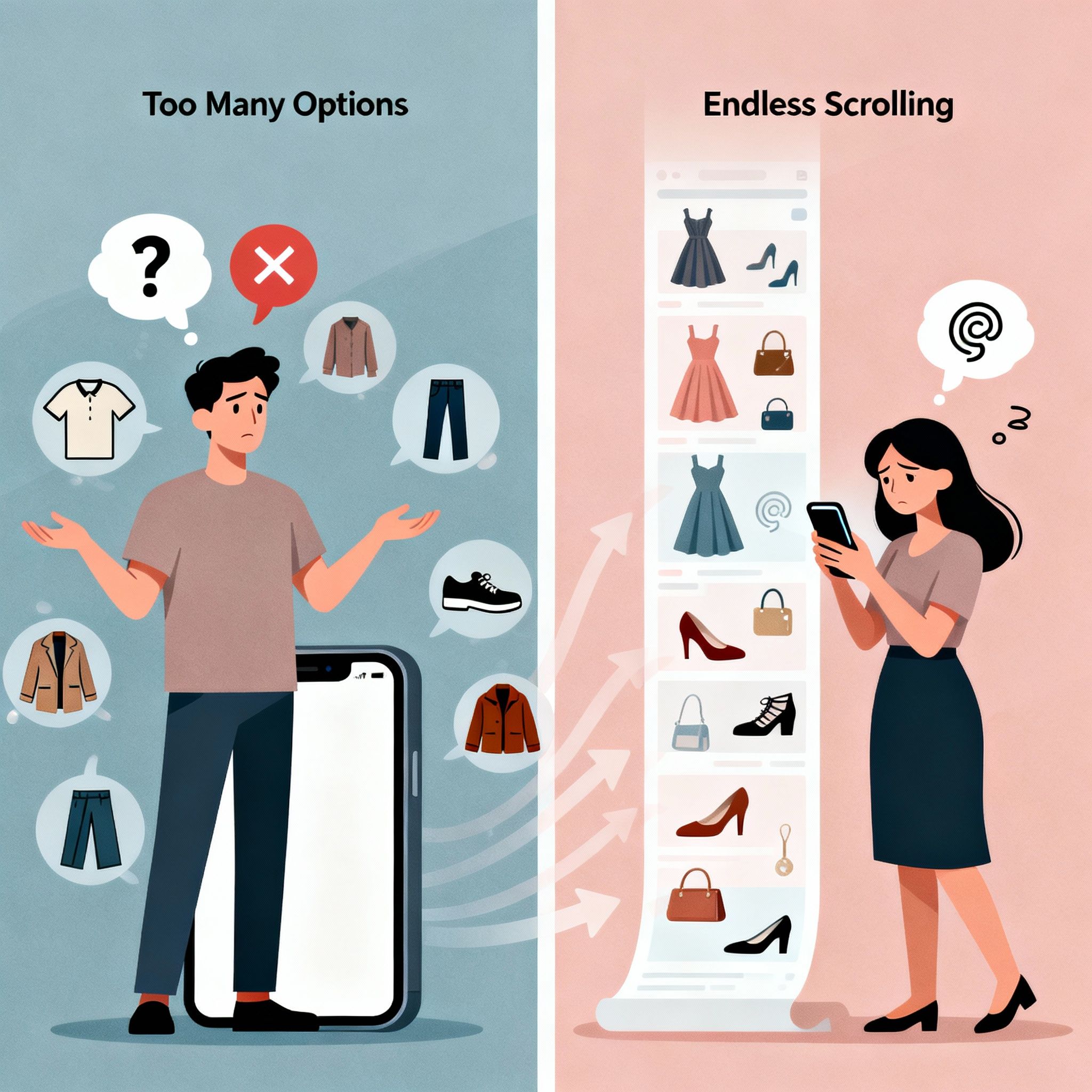

TL;DR:
Decision fatigue in fashion planning happens when outfit choices overwhelm daily life. Research shows ~76% of Indian consumers abandon shops due to too much choice. Smart outfit planning, reduced options, and tools can ease mental load and improve well-being
Every morning, you open your closet and stare at dozens of options. It feels familiar: too many jackets, colors, accessories. That moment is where decision fatigue in fashion planning starts—a mental weariness from too many choices in outfit planning. When this fatigue builds, it drains creativity, induces anxiety, and often leads to defaulting to the safest outfit—not the one that truly reflects how we feel.
In fashion, decision fatigue isn’t just a style issue—it’s tied to mental health. From brands to designers to everyday users, fashion planning affects confidence, identity, and daily well-being. This article unpacks what research says, what triggers decision fatigue, and how to plan outfits (yours or via tools) to protect your peace.
What Research Says: Choice Overload & Stress
- According to an Accenture report, 76% of Indian consumers admit to feeling overwhelmed by choice in online shopping, while 88% have abandoned purchases in recent months due to decision stress.
- A study on online shopping stress revealed that over 53% of participants frequently receive wrong sizes or mismatched items—common consequences of choice overload causing regret.
- A paper on infinite-scroll shopping found 42% abandonment rates linked to decision fatigue when users are exposed to overwhelming product flows.
These findings show that decision fatigue in fashion planning isn’t hypothetical—it’s happening now. Whether in mobile apps, websites, or physical closets, too many options without guidance cause mental strain.
Why Outfit Choices Can Make Fashion Planning Overwhelming
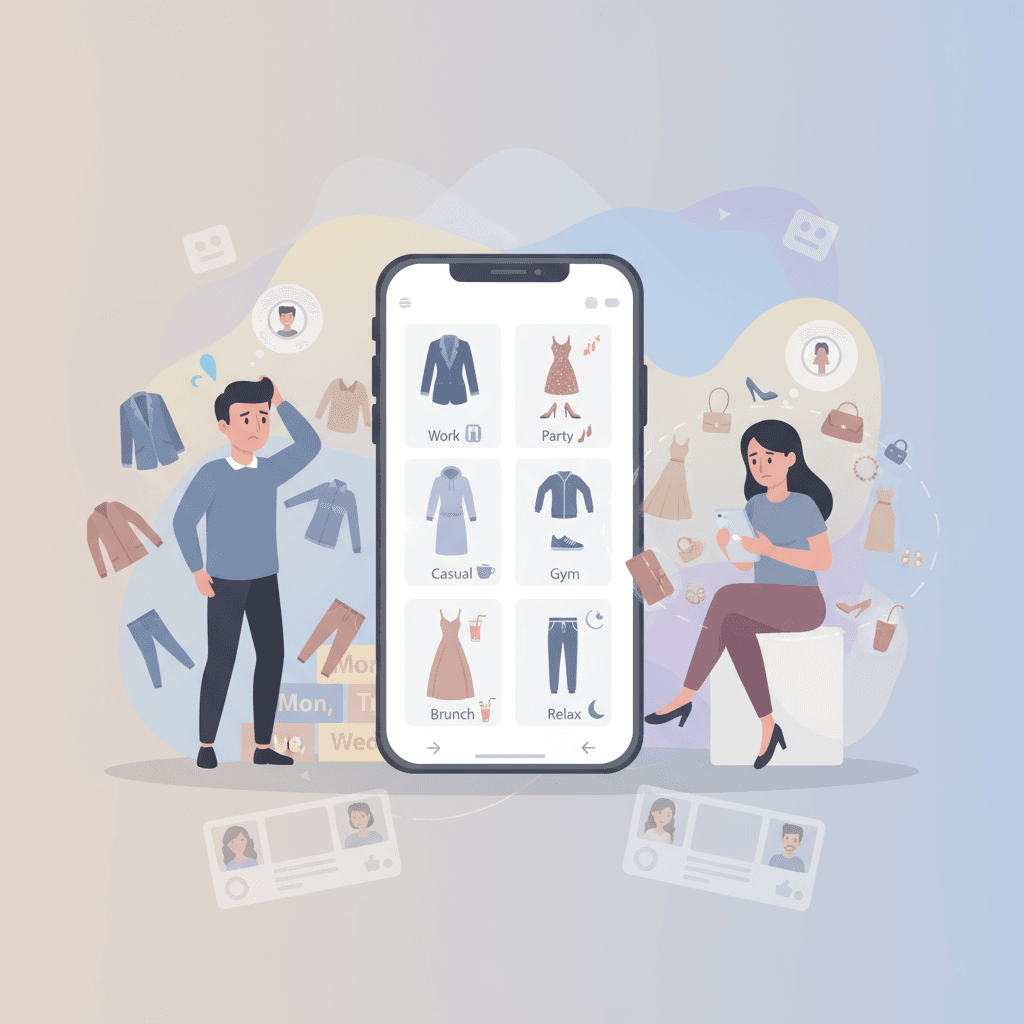
Outfit planning carries more stakes than picking a coffee. The layers of factors include:
- Identity & Perception: Clothing isn’t just fabric—it’s how we show up to others. With decision fatigue in fashion planning, people often worry about how they’ll be seen, adding social stress.
- Occasions & Contexts: Work, social gatherings, casual weekends—all require different outfits. Having to decide across contexts magnifies fatigue.
- Daily Repetition: Outfit planning happens daily. Small choices (colors, accessories, shoes) accumulate. Repeating choices becomes draining.
- Visual & Comparative Triggers: Seeing many options, styles, influencers, or fashion drop visuals online can spark aspiration AND comparison, leading to indecision or dissatisfaction.
- Mental Load Beyond Fashion: External stress (work, social life, uncertainty) reduces bandwidth. Under low mental energy, choice overload hits harder, making decision fatigue more disruptive.
Smart Tools & Methods to Reduce Stress in Fashion Planning
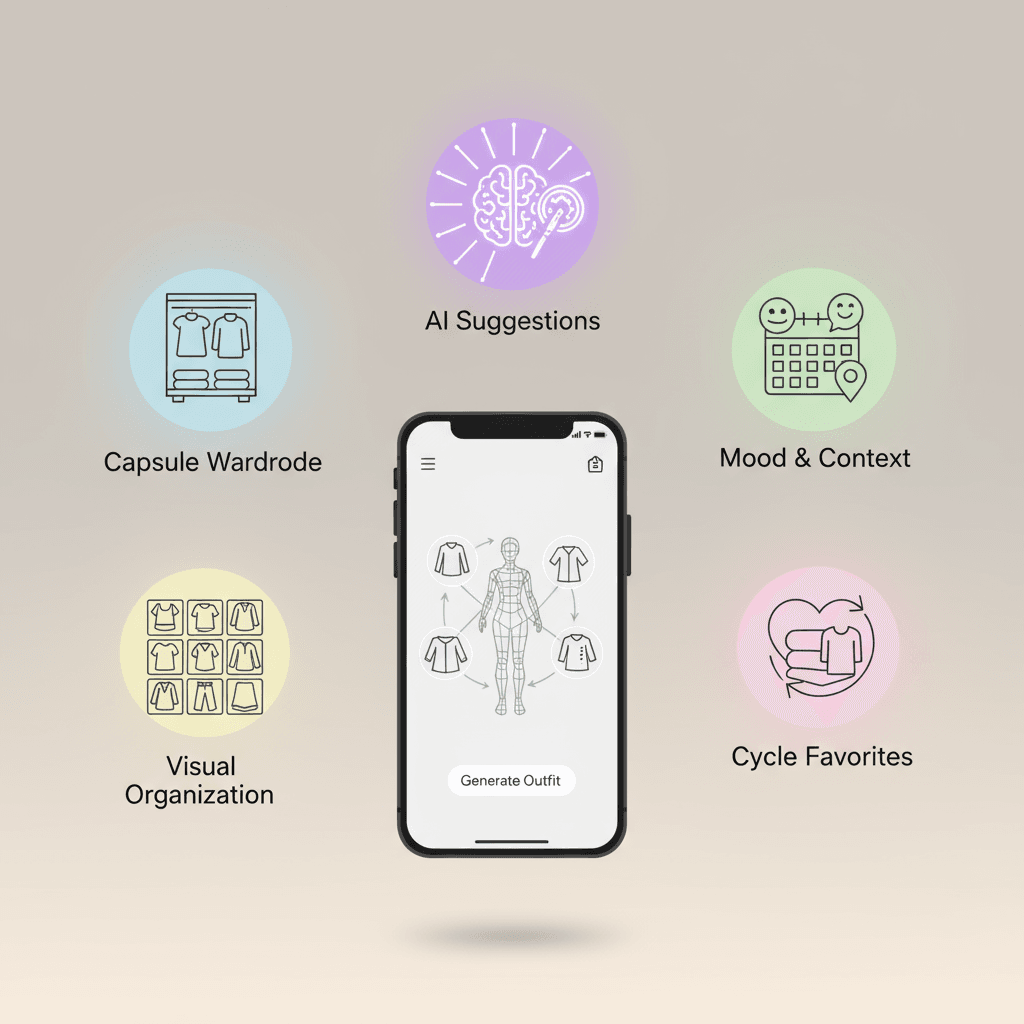
Here are practical strategies, data-backed, to make outfit planning less mentally expensive:
Strategy | Why It Helps |
Capsule Wardrobe / Limited Options | Fewer options mean fewer comparisons—reducing decision fatigue, fashion planning and boosting use of what you have. |
Mood & Context Templates | Pre-built outfits for work, social, travel reduce the need to start from scratch each day. |
Tools suggest combinations based on weather, past style, and event—minimizing choice overload. | |
Visual Organization | Using mood boards, coordinating images, or style quizzes helps externalize choices instead of keeping all in mind. |
Cycle Only What You Love | Rotating favorite items keeps decision fatigue low and boosts satisfaction. |
These are used by many fashion apps and influencers. For example, 78% of Indian shoppers say that seeing fewer but curated options would make their online shopping more enjoyable.
The Psychological Impact: Mental Health & Self-Perception
When decision fatigue in fashion planning runs unchecked:
- Increased Anxiety & Regret: Choosing outfits becomes a source of stress; people often feel regret over choices.
- Lowered Self-Confidence: If you default to “safe” or uninspired outfits to avoid stress, you may feel less authentic.
- Decision Avoidance: Some skip planning entirely, leading to last-minute choices or poor outfit matches.
- Cognitive Overload: Continuously making small style decisions drains willpower and reduces satisfaction.
Fashion psychology scholars also reference enclothed cognition, the idea that what we wear influences how we feel mentally and behave.
Role of Digital Platforms & Shopping Tools
Digital tools—apps and services—can either deepen decision fatigue or significantly alleviate it. Features that help:
- Streamlined UI with curated catalogs rather than endless infinite scrolls.
- Smart filters (e.g., weather, professionalism, mood).
- Personalized outfit suggestions that remember past behavior.
- Ease of returns or clarity of policy (e.g., shopping apps with best return policy) reduces second-guessing.
- Luxury apps offering high visual fidelity and fewer but premium options (e.g., best luxury shopping apps india) help reduce noise.
Even the contrast shopping app vs ecommerce site shows that apps with guided flows tend to reduce stress fashion planning because they limit cognitive load via design and prediction.
How to Apply Fashion Planning Strategies in Real Life
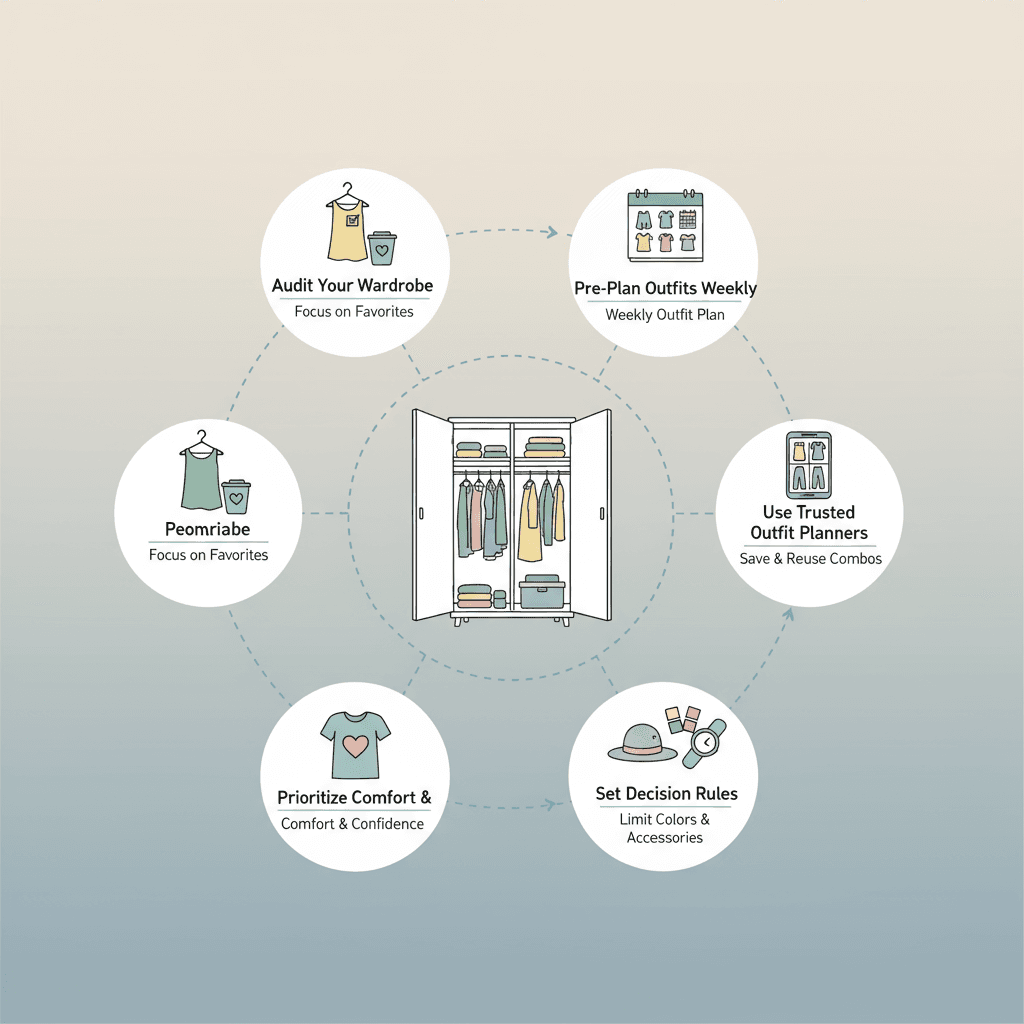
- Audit your wardrobe: Remove items you rarely use; focus on favorites.
- Pre-plan outfits weekly, matching work/home occasions to reduce daily stress.
- Use trusted outfit planners or digital tools that let you save combos and reuse them.
- Set decision rules: for example, limit to 3 colors per outfit or only two accessories.
- Prioritize comfort & meaning: Clothes that feel good emotionally reduce post-decision regret.
Conclusion
Fashion planning isn’t just about style—it’s about mental well-being and self-expression. Too many choices can diminish the joy of dressing, but using curated tools, limiting options, and smart planning strategies can reduce decision fatigue, restore confidence, and make fashion a source of personal expression.
When you lean into structure—not restrictions—and pick tools that reduce friction, fashion becomes less of a chore and more of personal expression. Your wardrobe should support your day, not drain your energy.
FAQs
Q1. What is decision fatigue in fashion planning?
The mental exhaustion caused by too many outfit choices, leading to stress or avoidance.
Q2. How does it affect mental health?
It increases anxiety, diminishes self-confidence, and encourages decision avoidance over time.
Q3. Can shopping apps reduce decision fatigue in fashion planning?
Yes, apps with personalized suggestions and curated options help limit mental load and stress.
Q4. What should I look for in a wardrobe planning tool?
Minimal choice overload, filters for mood/context, reuse of favorites, and intuitive visual style.
Q5. Are gender or age factors in decision fatigue?
Yes, younger users and women often report more overwhelm due to aesthetic comparison and trend exposure.
Q6. Does returning policy anxiety contribute to decision fatigue?
Definitely. Unclear returns or fear of regret intensify decision fatigue during fashion planning and hesitation.



